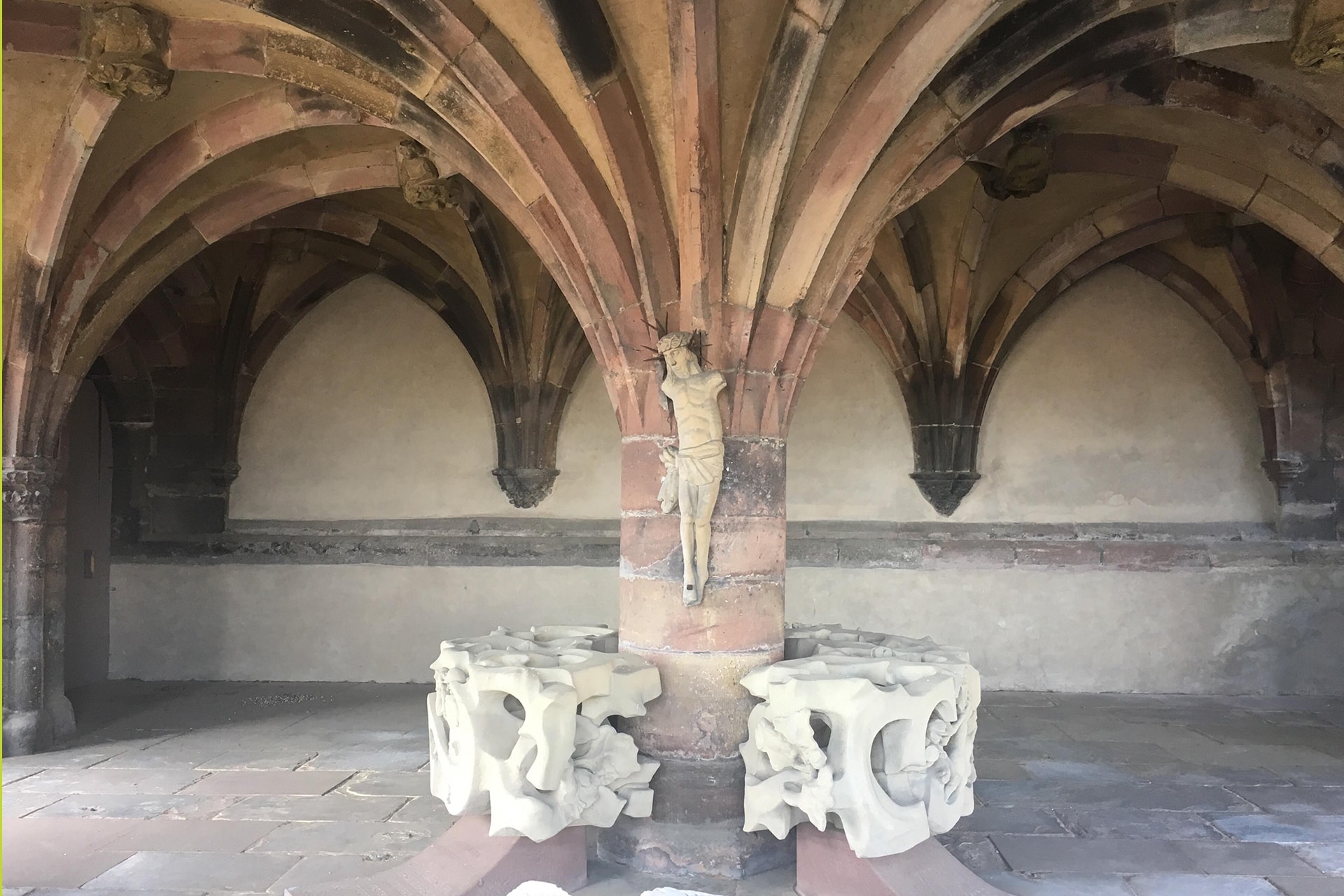- Future Students
- How to Apply
- Visit UHCL
- Admitted Students
- Tuition, Costs and Aid
- Degrees and Programs
- Contact Admissions
- Current Students
- Class Schedule
- Academic Calendar
- Advising
- Events
- Library
- Academic Resources and Support
- Student Services and Resources
- Alumni
- Lifetime Membership
- Alumni Events
- Update Your information
- Awards and Recognitions
- Give to UHCL
UHCL art history prof blogs on Rhine en route to Cypriot archaeological dig
July 10, 2018 | Sarah Costello

Editor’s note: For art history professors such as University of Houston-Clear Lake’s Associate Professor Sarah Costello, summer is a time for travel, research and study. En route to Cyprus, where she will participating in a dig funded by a faculty research support grant excavating and cataloging Neolithic pottery, Costello is currently on a Rhine River cruise, where she’s visiting and photographing cathedrals and other historic sites.
She will fly to Cyprus to finalize her ongoing work excavating and seriating Neolithic pottery at a unique site in the Dhiarizos Valley. The site is exceptional, she said, because it’s been continuously occupied since the Neolithic Period – which dates back about 10,000 years.
Costello is sending photos and information about the sites along the way that will excite art history, anthropology and geography students, as well as those who just love world travel.
Cathedrals, cathedrals, cathedrals!
By Sarah Costello
BREISACH, Germany, July 6, 2018 — A trip around Europe inevitably means seeing lots of cathedrals. Despite their magnificence, they can start to look the same if you don’t know how to read the details. UHCL students who have taken World Art History I (ARTS 1303), however, know that one of the things that makes medieval art and architecture interesting is its diversity and creativity.
Not only is each cathedral different, but there is amazing variety within the smallest elements – each column capital might have a different story carved in its stone. I saw a beautiful example of this variety today at St. Stephen’s Cathedral in Breisach. I didn’t know much about this church before my visit. When I went inside, I was amazed to find the interior walls painted floor to ceiling in dramatic frescos depicting the Last Judgment, heaven and hell. While this is a common theme in Gothic art, we usually find it on exterior stone sculpture.
These unusual, dynamic paintings must have been both exciting and terrifying to medieval churchgoers. As I walked around the exterior of the cathedral, I was fascinated to find an open-air space below the floor level at the east end, whose vaults were supporting the soaring choir above. I’d never seen anything like it. The rocky outcrop upon which the church is built is uneven, and drops off at the east end, so this beautiful little space was built to support and level the floor. The whole weight of the church above is supported by the “star vault,” a clever arrangement of arched vaults with a large pillar in the center.
For more information about UHCL’s minor in Art History, visit www.uhcl.edu/academics/degrees/art-history-minor






